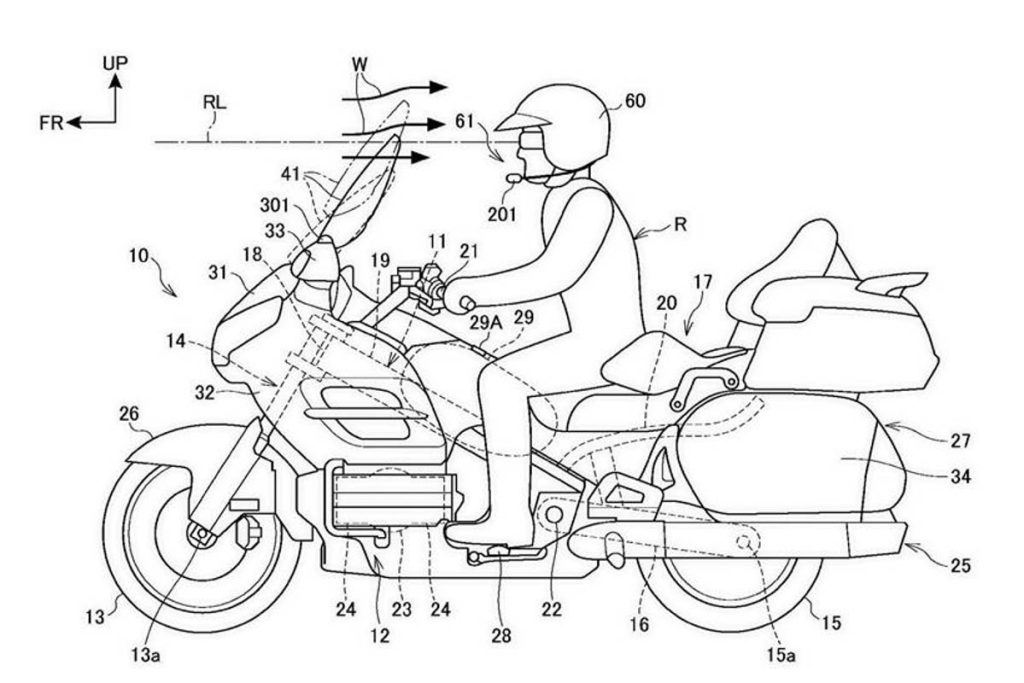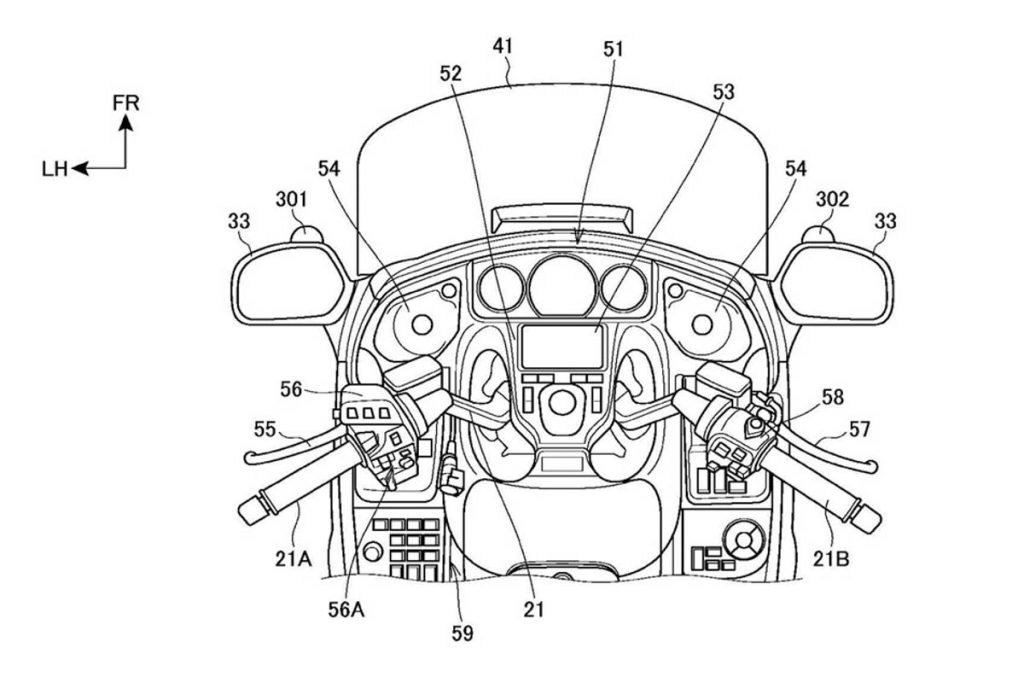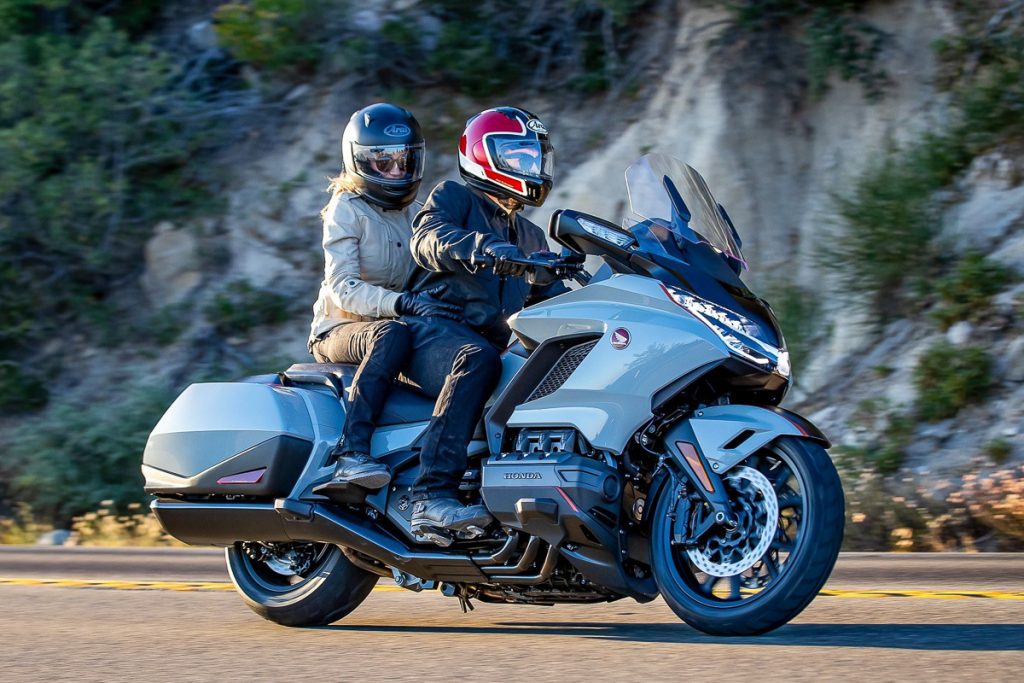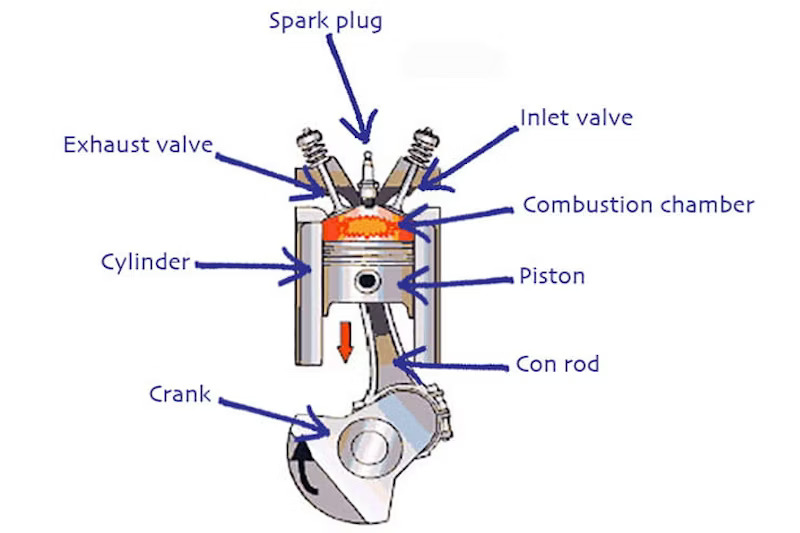While electric windscreens are not a novelty, Honda’s Gold Wing has been a relatively late adopter of this technology.
Prior to the introduction of the current Gold Wing model in 2018, the tourer featured a tall, fixed windscreen. To catch up with contemporary trends, the 2018-on Gold Wing introduced an automatic screen adjustment that lowered the windscreen when the bike was turned off, raising it to its previous setting upon resuming operation.
However, the latest patent application introduces a more sophisticated system.
The height-adjustment mechanism remains similar to the current model, utilising electric actuators to move the windscreen up or down, with controls accessible to the rider.

Honda has recognised that the ideal windscreen height can vary depending on factors such as speed and weather conditions. As a result, the system incorporates the standard height actuators, but it also incorporates a computer, a microphone, and a set of cameras, all working together to maintain the windscreen in the optimal position at all times.
A microphone, positioned on the rider’s helmet, is part of a broader system enabling phone calls and voice control over various bike systems, including navigation.
In the context of automatic screen adjustment, the microphone also monitors wind noise, not only for rider comfort but to prevent interference with the voice-recognition system.
As the bike’s speed increases and wind noise exceeds a predetermined threshold, the control unit instructs the windscreen to move upwards, following a pre-programmed pattern of adjustments designed to minimize wind noise and turbulence.

To address potential issues related to the windscreen obstructing the rider’s line of sight, Honda has integrated an additional safety feature. A pair of cameras, one on top of each mirror, continuously monitors the rider and relays images to the computer.
The computer then analyses the rider’s eye position and height to determine areas where the windscreen’s edge could potentially be distracting.
The auto-adjustment system ensures the windscreen stops only when it is positioned higher or lower than the rider’s eye-line. Additionally, the computer maintains a database of rider preferences, allowing riders to prioritise visibility or wind protection according to their preferences.

















